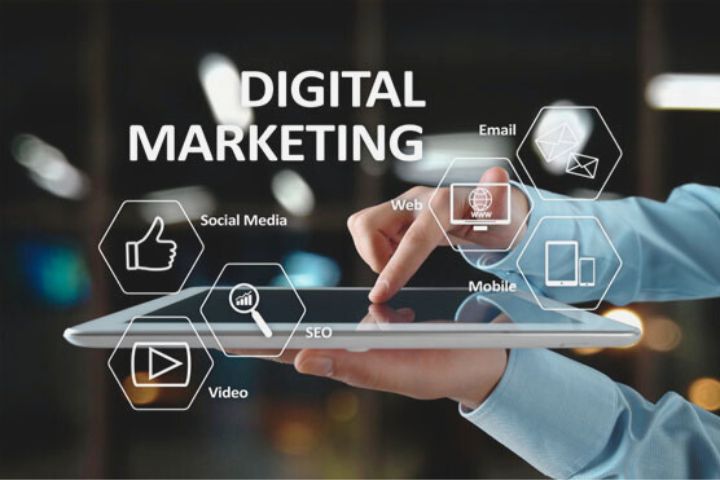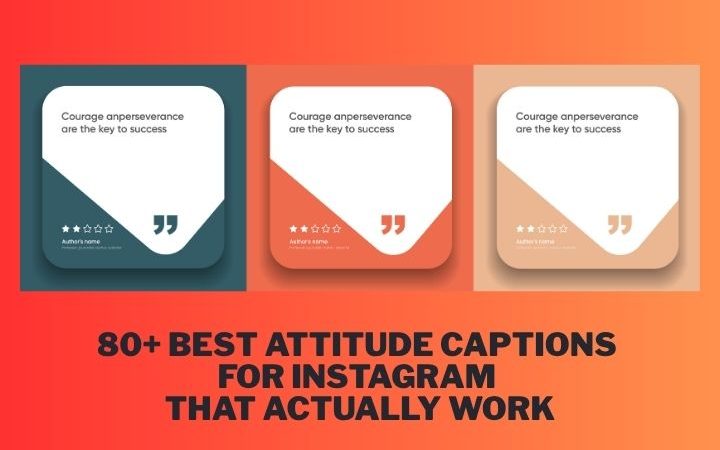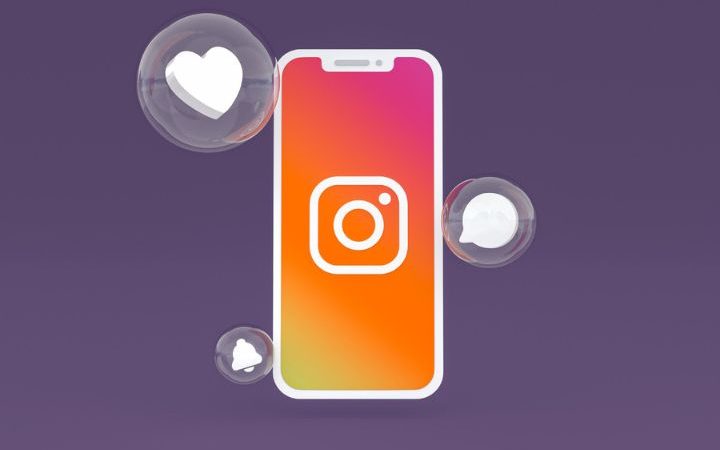Essential Digital Marketing Terms

You have decided that it is time for your business to make the definitive leap into the online world. You have started researching the topic, and… you have put your hands on your head. How many Digital Marketing terms exist? TRUE?
The truth is that the field of Online Marketing, like other professions, uses specific jargon. And, although it is not necessary that you know all the terms, it is interesting that you control the meaning of certain words.
How can knowing these digital marketing terms help your company daily?
This way, it will be easier for you to understand the experts when they recommend strategies for your business, and you will avoid being caught out. Remember that knowledge is power.
To help you with this, we have created a glossary of Digital Marketing concepts that is very quick to consult, with clear and uncomplicated explanations, which will prevent you from choking on all those essential terms to design your online strategy.
We recommend that you save this article in “favourites” so that you can consult it whenever you need it. And, if you have come across any other word that you do not understand and you are interested in us explaining it to you, leave it in the comments area, and we will get to work to expand this dictionary of Digital Marketing terms.
#1 Buyer persona
It is the fictional representation of your ideal client based on your research on your market and your clients. When creating the buyer persona profile, we must do everything we can to specify their demographic data (sex, age, location, etc.), needs, desires, behaviours, etc.
Think that the more details you have, the easier it will be to communicate effectively with your ideal client. How will you give your client what he needs if you don’t know him? Understanding and empathizing with your target audience is the basis of any online strategy.
#2 Social Networks
They are online platforms that users use to contact, interact with, and share content with others who share their interests. Some of the best-known are Facebook, Instagram, Twitter, LinkedIn, Pinterest and YouTube.
It is an essential Digital Marketing tool in any business because it allows you to become known and attract a new audience (potential clients), maintain constant contact with the community, increase company recognition and promote brand loyalty.
#3 Engagement
When we hear or read the term engagement, it refers to the commitment that the audience maintains to a brand. Engagement is frequently used to assess the success of a campaign on Social Networks by analyzing its reactions through comments, “I like you”, shares…
#4 Influencer
A person who has the ability to affect or influence the behaviour of other people as a result of the size of their community or their powers of persuasion. Influencers are very useful for companies that pay these people in exchange for promoting their products or services to their followers.
#5 Inbound Marketing
It is a strategy focused on attracting the attention of potential customers, even before they are ready to buy, through the creation and dissemination of useful content.
Inbound Marketing is a natural and non-invasive tactic, unlike traditional advertising that puts content (a television ad, for example) in front of the consumer’s nose even if they are not interested in that product.
The philosophy of Inbound Marketing or Attraction Marketing is based on resolving the user’s doubts through relevant information in such a way that their attention is drawn, and the consumer himself is the one who begins to keep track of the business in the digital field (following him in Social Networks, subscribing to your newsletter …). In this way, the consumer is made more predisposed to purchase.
#6 Content Marketing
It is a Digital Marketing strategy focused on creating, publishing and disseminating relevant content to attract an audience, generate potential customers and build loyalty among existing ones in a non-intrusive way.
When we talk about content, we refer to formats as varied as blog articles, podcasts, e-books, emails, infographics, case studies, videos, images, etc. It is the main strategy within Inbound Marketing.
#7 Email Marketing
Strategy based on the sending of emails by a business as a mechanism to develop relationships with its clients or potential clients and promote its products or services. It is a very direct, effective and economical communication channel that allows you to send personalized and dynamic messages to the audience.
#8 Newsletter
A newsletter that is distributed regularly to the audience (subscribers) via email. A newsletter can contain offers, sector news, recommendations, and reminders.
If you are original and use this tool well, it can be one of the most profitable resources for your company.
Draw what you want to sell in the consumer’s mind. Don’t fill the email with product or service features; describe the benefits and emphasize the pain points.
9Lead
It is a person who shows interest in a business and its products or services. In other words, we can define the lead as a potential customer.
A lead can be when a potential customer fills out a contact form, makes a phone call requesting more information, or purchases on a website.
#10 Keywords
This Digital Marketing term, also known as keyword, refers to the words that users type (or dictate, thanks to voice searches) into a search engine (such as Google) when they need to find specific information. An example of a keyword would be “restaurant in Madrid” or “how to prepare a Valencian paella”.
Optimizing a website for a particular keyword involves introducing those terms throughout the website’s content and in some strategic regions of the HTML code (language used to develop web pages ).
By including keywords on the website, it is possible to signal the search engine about what they can find on that portal related to the users’ searches.
Be natural; don’t fill the content with keywords as if a robot were to read it; it has been a long time since it has worked like that.
#11 SEO
The term SEO corresponds to the acronym for Search Engine Optimization, or what is the same, optimization for search engines.
When we talk about SEO, we are referring to a series of techniques that we use to improve the positioning of a web page in the search engine rankings ( mainly Google since it is the most used both in Spain and worldwide). SEO is worked on at an organic or natural level, that is, without having to pay for advertising.
Remember that Google shows in its results links to pages that it considers relevant to the search that the user has performed. When you work on SEO, your chances of appearing in the first search results increase, and therefore, you help visitors (traffic) reach your website and become future customers of your business.
Tracking web analytics that allows you to see how web traffic evolves and through which channels the visits are arriving is essential, not only to know the number of visits but also to know where those visits arrive from.
#12 SEM
SEM ( Search Engine Marketing) or Search Engine Marketing is attracting visitors to your website (traffic) by advertising on search engines. When it is said that you do SEM, you are paying a search engine, such as Google, to show your website in its results according to specific keyword searches.
We give you an example. Imagine that you want Google to show your business website when a user searches for the following keywords: “cheap management in Madrid”. You can position yourself by working on SEO (without paying advertising to Google), which will take time, or through SEM (paying Google to show you in its ads for that keyword).
#13 Landing page
A landing page is a page on your website that is designed with a specific Marketing objective, such as selling a product or service or attracting subscribers. To do this, every landing page, also known as a landing page, must include a call to action or CTA ( call to action ) designed to provoke an immediate response from the user, telling them what they should do.
#14 Conversion
When we talk about conversion in the context of Digital Marketing, we refer to the act of transforming a user who browses a website into a customer or lead.
Through the conversion rate, we can measure the percentage of visitors who have come to a website and who have ended up carrying out the desired action that the business had set as its objective.
#15 Conversion funnel
Also known as a sales funnel, it refers to the phases that a user must go through to become a customer. These phases, broadly speaking, are attraction, conversion and loyalty.
The funnel metaphor is a way of visualizing the process by which the consumer is guided towards the goal (usually the sale) so that sales prospects fall on the way to conversion.
This means there may be many users interested in a product, but few will become customers by completing the last step or final action of the funnel.
#16 Remarketing
Remarketing or retargeting involves serving targeted ads to people who have visited a website or clicked on an ad. This tactic helps to recover visitors by showing them personalized advertising to get them to revisit the website and complete the purchase (or carry out the proposed objective).
#17 Link
A link is a link or link that allows you to jump from one web page to another when clicked on. Links help us navigate between pages on the Internet and can be attached in text and images, mainly through HTML code.
#18 Web usability
We could define this Digital Marketing term briefly as “ease of use”. Web usability measures the effectiveness, efficiency and satisfaction with which a user can achieve a specific objective on a website. Web usability includes everything from the menus of a page to the buttons and forms, including links and content.
If we pay attention to web usability and our portal is simple to use or unintuitive for a visitor, we run the risk of them leaving our website.
You know the leading Digital Marketing terms that will help you understand the 3.0 ecosystem a little more to design your online strategy most effectively.
Also Read : Essential Digital Marketing Tools For Small Businesses


